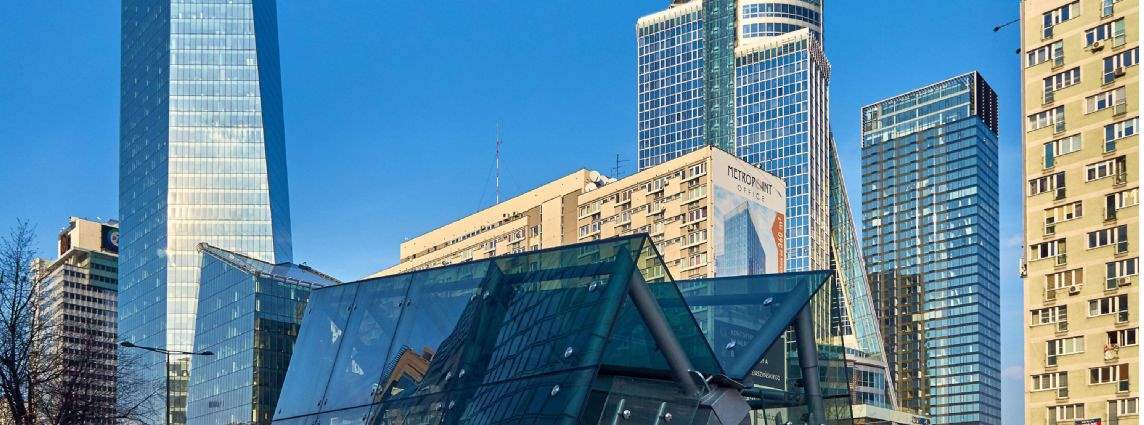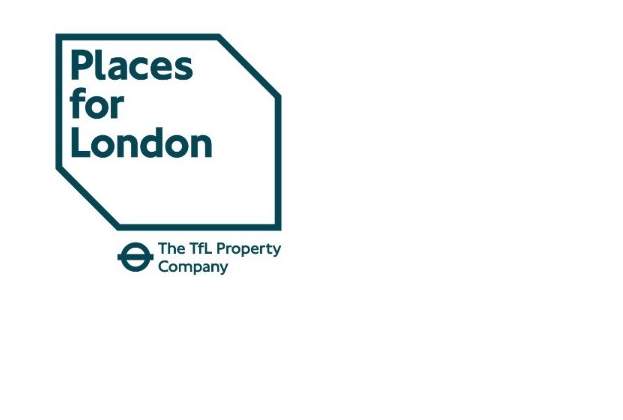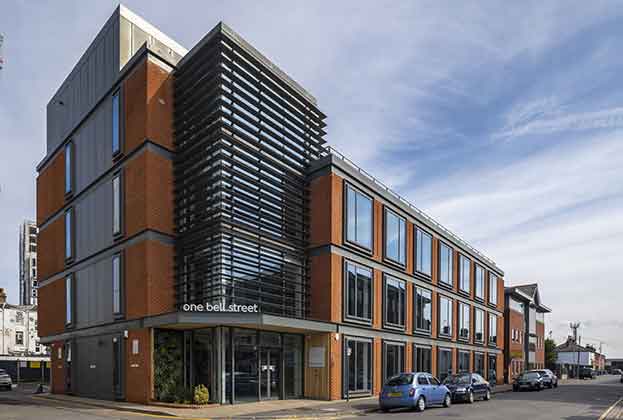Macroeconomic challenges such as the trade war between China and the US are triggering a new threat to global business and companies have begun to react to this by avoiding risk, and looking to reduce cost exposure.
This is backed up by the latest Deloitte CFO Survey: 2018 Q3, which interviews almost 100 Chief Financial Officers (CFOs) in the UK, who say that they’re more focused on reducing costs than at any time in the last eight years. Almost half (48 per cent) of CFOs rate current levels of external financial and economic uncertainty as high or very high, the highest reading since December 2016.
In direct contrast, the second key finding from the report is that attracting and retaining the right employees remains a big concern. Issues with recruitment and talent retention has jumped with almost half of surveyed CFOs reporting difficulties in recruitment or skills shortages experienced by their business. With unemployment rates at a historical low across Europe, the challenge of attracting talent is likely to get even worse.
So how do companies balance attracting talent and reducing costs, two apparently opposing goals?
If a space is attractive to new employees, companies may not need to pay such a high salary to compete in the 'war on talent'. According to Deloitte, the employee attrition rate, the rate at which employees move jobs, is the highest it has been since 2001. New working styles and more flexibility allow companies to keep their office space up to date with their requirements – in both size and quality. In the current climate of an 'employees' market' having the right office in the right location is a crucial part of a company's attraction compared to its competitors. New working styles and workplaces can enable better utilisation of space as well as a more desirable workplace for the modern employee seeking a better work-life balance. Some examples of these working styles are activity-based working, work-from-home initiatives and co-working environments.
This is one of the reasons we’re seeing more and more companies taking out space in city centre locations in top European cities. For example, Amazon relocated its Spanish HQ from the outer periphery of Madrid to a brand new development within the Méndez Álvaro central urban area in autumn 2017 to be more attractive to young people who don’t drive and who used to take approximately 45-50 minutes to get to the former office by public transportation.
Similarly, Boston Scientific, represented by Savills, has relocated from a class B building in a northern part of Warsaw to the class A Q22 building in the central business district. The company decided to relocate to improve the standards of its working environment and accessibility for employees.
So while CFOs may be cautious about committing capital in times of uncertainty, the need to attract and retain talent, arguably a company’s most important investment, by having the right office space in the right location, may outweigh these concerns. And when the average recruitment costs are as high as £30,614 per employee, this might even be a cheaper investment in the long-run.
Further information
Contact Savills EU Tenant Representation





.jpg)

.jpg)
.jpg)

(1).jpg)